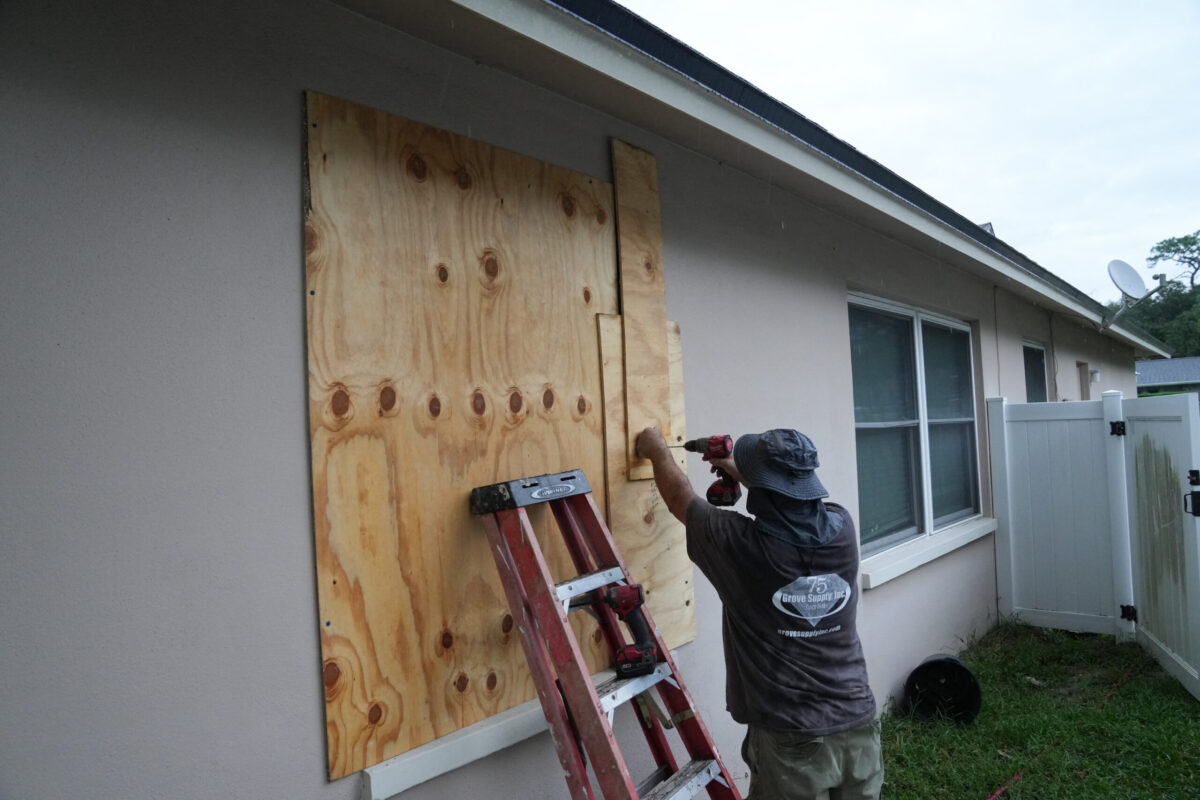
www.dailywire.com
One Year Later: Families Demand Action As Hamas Holds Nearly 100 Hostages From October 7 Attack
A year after the October 7 attack against Israel, nearly 100 hostages captured by Hamas have not been returned, and many of those are presumed dead.
Of the roughly 251 hostages taken by the terrorist group on that day, officials say that 64 are still being held alive alongside the bodies of another 33 of whom are deceased. The other 154 hostages have been either rescued or released, or their bodies have been recovered.
Seven American citizens, including four still believed to be alive, are still in Hamas custody, including Keith Siegel, Sagui Dekel-Chen, Edan Alexander, Omer Neutra, Itay Chen, Judith Weinstein, and Gadi Haggai. Siegel (65), Dekel-Chen (36), Alexander (20), and Neutra (22) are all believed to be living, while Chen (19), Weinstein (70), and Haggai (73) are believed to be dead.
The body of Hersh Goldberg-Polin, a 23-year-old American-Israeli taken by Hamas from the Nova Music Festival, was recovered last month in Rafah, a city in southern Gaza.
During a rally in New York City’s Central Park on Sunday calling for the release of the remaining hostages, Edan Alexander’s parents spoke about the pain of their son’s situation.
“It’s a day-to-day struggle. We are in an upside-down world, but we have to stay focused. We have two more kids to raise and just to stay strong for our kids. We have no choice,” Adi Alexander told CBS News.
His mother, Yael, said that the last time she spoke with Edan, he told her that the situation in Israel was worsening.
“He told me even though things were already getting dangerous around him. That was the last time I heard my son’s voice. I cannot describe the pain of not knowing where your child is or how he is,” she said.
Other family members have spoken about how they have not been able to move on since their loved ones were captured.
“A whole year in which time has stopped. I’m still on the same day,” Shai Wenkert, whose son was kidnapped from the music festival, told The New York Times.
Tomer Keshet, who had family taken by Hamas, said he was frustrated with the lack of progress.
“It is a horrible feeling to meet these people who have major influence all over the world and not get our family back,” he told the Times.
President Joe Biden issued a statement on Monday.
“I have met the families of the hostages and grieved with them,” he said. “They have been through hell. My Administration has negotiated for the safe release of more than 100 hostages, including Americans. We will never give up until we bring all of the remaining hostages home safely.”
Memorials and rallies for the hostages are planned for Monday around the world.

















